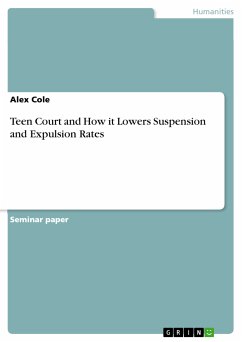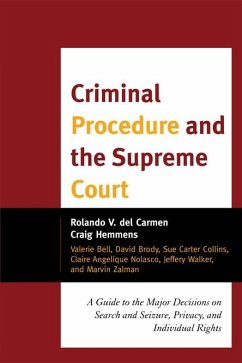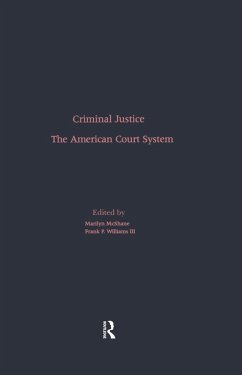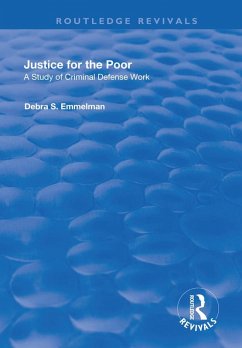
Teen Court and How it Lowers Suspension and Expulsion Rates (eBook, PDF)

PAYBACK Punkte
0 °P sammeln!
Seminar paper from the year 2011 in the subject Sociology - Law and Delinquency, grade: A, University of Cambridge, language: English, abstract: If students are to succeed within the confines of the school community, all involved stockholders must create a positive, safe and encouraging learning environment. In order for the stockholders to develop this environment, everyone must feel respected by and involved in the school community. Creating an effective school climate must be a community process so that all involved can thrive. Standard, exclusionary models of discipline in the school syste...
Seminar paper from the year 2011 in the subject Sociology - Law and Delinquency, grade: A, University of Cambridge, language: English, abstract: If students are to succeed within the confines of the school community, all involved stockholders must create a positive, safe and encouraging learning environment. In order for the stockholders to develop this environment, everyone must feel respected by and involved in the school community. Creating an effective school climate must be a community process so that all involved can thrive. Standard, exclusionary models of discipline in the school systems work against this concept of education and only decrease students' success. This is particularly true for low income and minority students. More promising models of school discipline are those based on the Teen Court systems of justice. These models rely on peer and community concepts of discipline enforcement. When used in an educational setting, Teen Court is proving to be more effective in reducing recidivism and dropout rates. Rather than promoting a culture of exclusionary and punitive justice for youth, Teen Court models effectively discipline, while promoting a culture of safe and positive education (Harrison et al, 2001). Problem The data related to the biggest school districts of California reveals a much higher level of expulsion and suspension of students for the year 2009-10, and the statistics for California are a lot higher as compared to the rest of the country. While the rate for California remained 9.9 percent for both expulsion and suspension put together, the overall average for the nation was a much lower 7 percent (Losen and Skiba, 2010). However, in various cases in the state of
Dieser Download kann aus rechtlichen Gründen nur mit Rechnungsadresse in A, B, BG, CY, CZ, D, DK, EW, E, FIN, F, GR, HR, H, IRL, I, LT, L, LR, M, NL, PL, P, R, S, SLO, SK ausgeliefert werden.













